Silbatone L103 Line Stage and P105 Amplifier
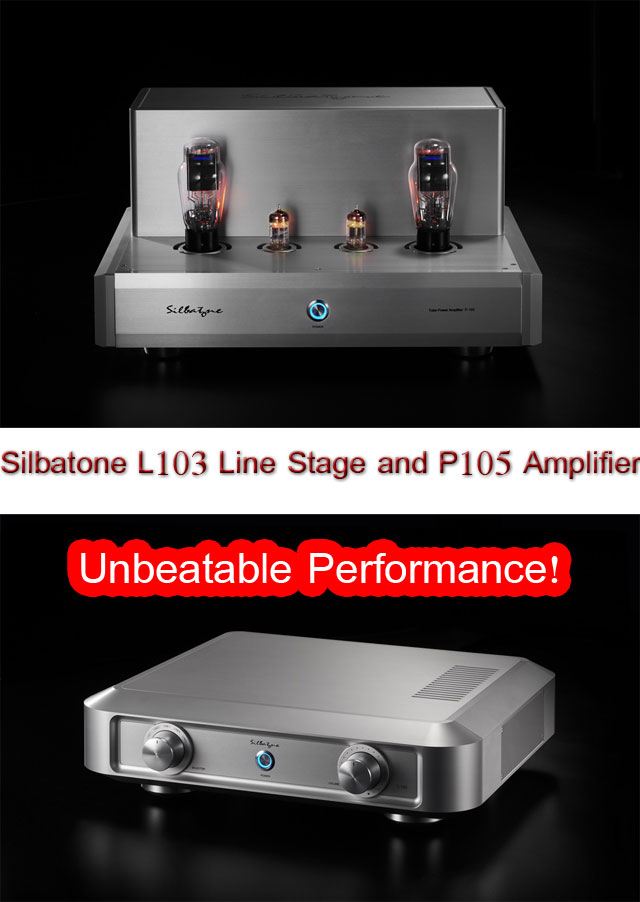
 I have written here in the hallowed pages of the Stereo Times about Silbatone products before, and while expensive, these are by no means me-too offerings. The thought that goes into designing and manufacturing them shows in the craftsmanship and materials used. I mean, even the output tubes use the original WE300B, for crying out loud. Michael Chung, owner and designer, is a Western Electric fanatic and knows more about the ancient tubes than anyone else in the East, and how to get the best out of them. Understandably, Silbatone goods do not come cheap, and its flagship 300B amplifier costs USD100k (see article here). In his quest to bring more of this performance to the masses, Michael Chung has come up with some more affordable (in relative terms) models to complete the Silbatone line up. In this article, we take a closer look at the L103 Line stage pre-amplifier and the P105 power amplifier.
I have written here in the hallowed pages of the Stereo Times about Silbatone products before, and while expensive, these are by no means me-too offerings. The thought that goes into designing and manufacturing them shows in the craftsmanship and materials used. I mean, even the output tubes use the original WE300B, for crying out loud. Michael Chung, owner and designer, is a Western Electric fanatic and knows more about the ancient tubes than anyone else in the East, and how to get the best out of them. Understandably, Silbatone goods do not come cheap, and its flagship 300B amplifier costs USD100k (see article here). In his quest to bring more of this performance to the masses, Michael Chung has come up with some more affordable (in relative terms) models to complete the Silbatone line up. In this article, we take a closer look at the L103 Line stage pre-amplifier and the P105 power amplifier.
SPECIFICATIONS

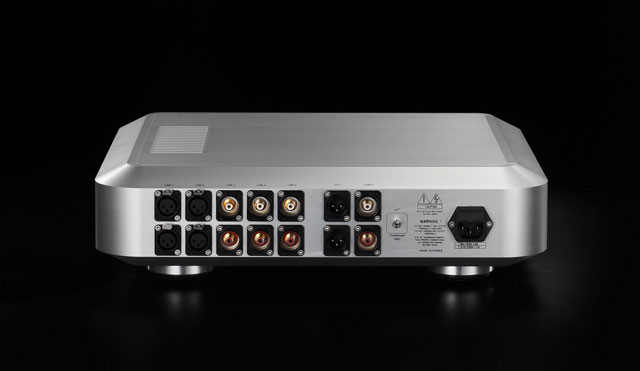
The line stage L103 is what it says on the tin – a preamplifier that does not come with a phono stage. Its primary feature is the use of full silver winding transformers as well as a transformer-volume control, or TVC. This age-old technique does away with the use of potentiometers or even discrete resistor based volume controls, in theory sounding better and less sullied by such additional components. There are 5 line ins (2 balanced, 3 RCA) and one pair of balanced and RCA outputs each. The chassis is carved out of solid aluminium and looks as handsome as it sounds.
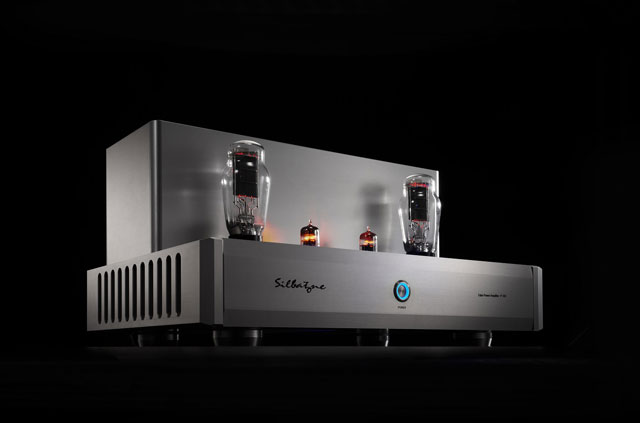
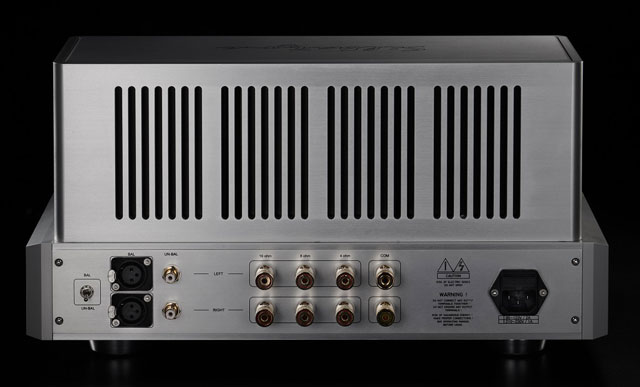
The power stage P105 is based on the WE 275A output triode instead of the more ubiquitous 300B, which is used in the Silbatone flagship power amplifier. Some feel that the 275A is capable of similar performance as the 300B but at a much lower output, and without the cachet. Input duty is performed by a pair of General Electric 7044s, the equivalent of the more common 5687 double triode, in fully balanced mode. The output transformer is comprised of copper as its primary winding, and silver as its secondary. Speaker terminals are made of carbon fiber. The amp uses a neo-hybrid (named by the company “NeoHyb”) configuration, which means that a solid state circuit amplifies current before the signal reaches the output stage, producing a miraculous total of 8 watts. The designer swears that the NeoHyb high current design, with greater bias, results in greater bass control and impact. Additionally, power rectification is also carried out by transistors not tubes. Michael Chung says that due to two stages of filtering, the power supply does not really benefit any further from tube rectification, which may in fact cause woolly bass as a trade-off.
SOUND QUALITY
Due to lack of time, I listened to the line stage and the power amp together as a pairing. In a way, this is exactly how the designer intended. The rest of this article is about how these two products sounded making music synergistically as one unit.
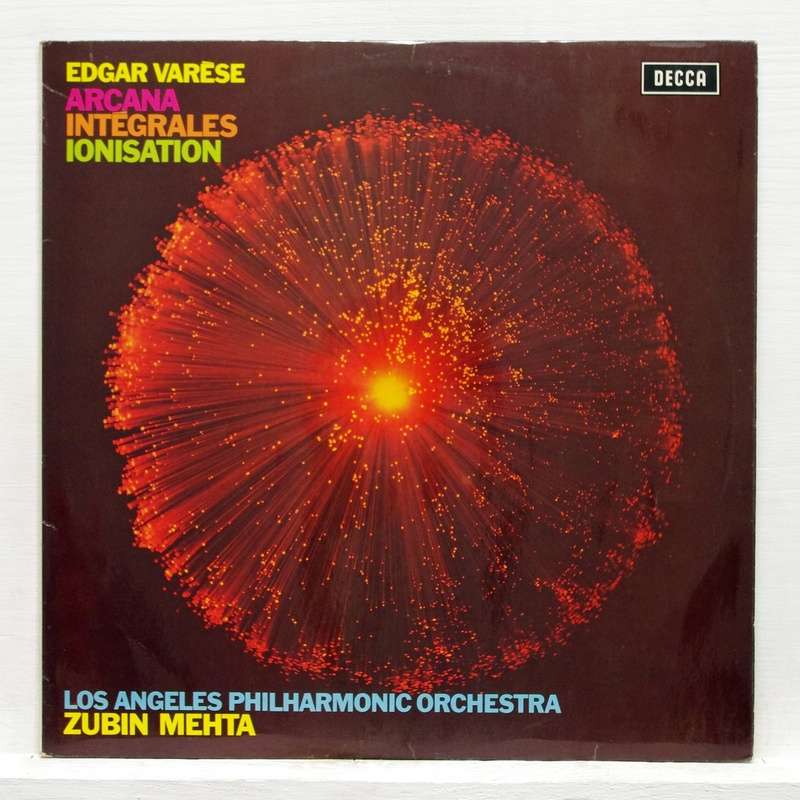 I started my listening of the Silbatone pairing with a re-issue of Varese’s Integrales, a solid mono recording of clangourous percussion instruments. The speakers disappeared. What remained was very refined highs and solid lows, especially where the contra-bassoon entered, there was a palpable sense of occasion and presence. The Silbatone pair manages to separate the various strand of musical thread effortlessly, despite the piece mostly sounding like inebriated primates banging away at some old pots and pans. While the P105 does not use 300Bs, I could swear that some of the 300B magic is inherent in the sound of the amplifier, and you don’t have to strain to hear it.
I started my listening of the Silbatone pairing with a re-issue of Varese’s Integrales, a solid mono recording of clangourous percussion instruments. The speakers disappeared. What remained was very refined highs and solid lows, especially where the contra-bassoon entered, there was a palpable sense of occasion and presence. The Silbatone pair manages to separate the various strand of musical thread effortlessly, despite the piece mostly sounding like inebriated primates banging away at some old pots and pans. While the P105 does not use 300Bs, I could swear that some of the 300B magic is inherent in the sound of the amplifier, and you don’t have to strain to hear it.
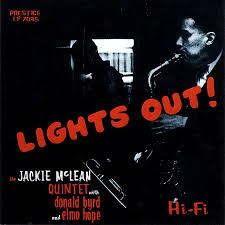 A prized copy of Jackie McLean’s “Lights Out!” re-issued by UK company Electric Recording Co in 2017 is another mono recording that low-powered amplifiers love or hate. Most SET amplifiers are able to reproduce the intimate setting of this record, but usually fail to bring out the power and realism of the saxophone. Through the Silbatones, McLean’s saxophone had a lovely bouncy, lively quality that made the recording come alive. The P105 debunks the myth that SET amplifiers are slow and only suitable for female vocal recordings. Here, the Silbatones are even able to reproduce depth from mono! The trumpet also sounds silky smooth and very listenable. I would be lying if I said that I heard the same sense of liveness as if I were listening to the trio in person, but it certainly got quite a ways there.
A prized copy of Jackie McLean’s “Lights Out!” re-issued by UK company Electric Recording Co in 2017 is another mono recording that low-powered amplifiers love or hate. Most SET amplifiers are able to reproduce the intimate setting of this record, but usually fail to bring out the power and realism of the saxophone. Through the Silbatones, McLean’s saxophone had a lovely bouncy, lively quality that made the recording come alive. The P105 debunks the myth that SET amplifiers are slow and only suitable for female vocal recordings. Here, the Silbatones are even able to reproduce depth from mono! The trumpet also sounds silky smooth and very listenable. I would be lying if I said that I heard the same sense of liveness as if I were listening to the trio in person, but it certainly got quite a ways there.
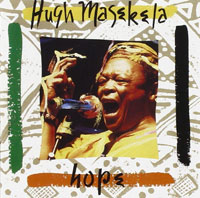 Moving away from mono into more familiar stereo territory, I first spun a copy of Hugh Masakela’s “Stimela (Coal Train)” (Analogue Productions pressing). There was a slight sibilance in Masakela’s vocals, but when his voice first came in, I had to do a double-take. There was such realism in the Silbatone’s reproduction of vocals. Then as the drums started to increase in intensity, the amps took it in their stride. Soundstaging was superb as the rims shots rang out on a separate plane, with the soloists forward and centre. Bass has that funky vibe and underpins the track superbly. Despite being a slightly over-played copy, the details on the record are still pristine and pin-sharp, aided in no small way by the resolving powers of the amps. The same resolving powers were allied to an ability to start and stop on a dime – there was no woolly tube “overhang” at all. I was immediately impressed how they could respond almost instantaneously to the power demands of the track.
Moving away from mono into more familiar stereo territory, I first spun a copy of Hugh Masakela’s “Stimela (Coal Train)” (Analogue Productions pressing). There was a slight sibilance in Masakela’s vocals, but when his voice first came in, I had to do a double-take. There was such realism in the Silbatone’s reproduction of vocals. Then as the drums started to increase in intensity, the amps took it in their stride. Soundstaging was superb as the rims shots rang out on a separate plane, with the soloists forward and centre. Bass has that funky vibe and underpins the track superbly. Despite being a slightly over-played copy, the details on the record are still pristine and pin-sharp, aided in no small way by the resolving powers of the amps. The same resolving powers were allied to an ability to start and stop on a dime – there was no woolly tube “overhang” at all. I was immediately impressed how they could respond almost instantaneously to the power demands of the track.
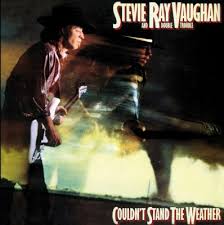 Finally, I had to hear what the amps can do with blues music. Another workhorse was pulled out of my bag of tricks – this time Stevie Ray Vaughan’s “Tin Pan Alley”. The mellifluous, Clarityn-like purity of SRV’s guitar greeted me, in what appeared to be a huge acoustic. As with other tracks, bass here is as controlled as ever, with no hang or bloat. A strange thing though – even though subjectively the dynamics of this track aren’t as wide as the Masakela track that preceded it, I thought I heard what sounded like a headroom limiting issue. I can only surmise that some form of compression was used during the recording of this track, and listening to the liquid, syrupy sound dripping with ambience and air, I felt sure that the amps would have been more than capable of coping even if the track had been recorded without compression, despite measuring only 8 measly watts. It may not be the most realistic sound, but when it is this beautiful, who cares?
Finally, I had to hear what the amps can do with blues music. Another workhorse was pulled out of my bag of tricks – this time Stevie Ray Vaughan’s “Tin Pan Alley”. The mellifluous, Clarityn-like purity of SRV’s guitar greeted me, in what appeared to be a huge acoustic. As with other tracks, bass here is as controlled as ever, with no hang or bloat. A strange thing though – even though subjectively the dynamics of this track aren’t as wide as the Masakela track that preceded it, I thought I heard what sounded like a headroom limiting issue. I can only surmise that some form of compression was used during the recording of this track, and listening to the liquid, syrupy sound dripping with ambience and air, I felt sure that the amps would have been more than capable of coping even if the track had been recorded without compression, despite measuring only 8 measly watts. It may not be the most realistic sound, but when it is this beautiful, who cares?
CONCLUSION
This Silbatone pair is called “affordable” and it is not a joke, even at approximately $25k each. If you are comparing watt per dollar, you will be sorely disappointed. But like many other flea-powered amps, you discover that this is not the correct metric. It is not the last word in detail, and there are definitely other products out there that are capable of more microscopic resolution, but the Silbatone will still satisfy detail freaks, just in a different way. Honestly, it is for those who search for beauty over hearing the last bit of spit blown out from a mouthpiece. You know who you are.
At the conclusion of the listening session, I was asked what I thought of the new Silbatone products compared with the flagship. I said that I felt they were able to hit about 80% of the performance of the top model, but at a fraction of the price. In terms of value, that makes them well-nigh unbeatable.

Stephen Yan
Silbatone Acoustics
#1006 Byuksan Digital Valley III
212-13 Guro-dong, Guro-gu
Seoul, KOREA
Tel: 82-2-855-8410
Fax: 82-2-855-8412
Mobile: 82-11-768-1037
Email: office@silbatoneacoustics.com
Website: www.silbatoneacoustics.com
Stereo Times Masthead
Publisher/Founder
Clement Perry
Editor
Dave Thomas
Senior Editors
Frank Alles, Mike Girardi, Russell Lichter, Terry London, Moreno Mitchell, Paul Szabady, Bill Wells, Mike Wright, and Stephen Yan,
Current Contributors
David Abramson, Tim Barrall, Dave Allison, Ron Cook, Lewis Dardick, John Hoffman, Dan Secula, Don Shaulis, Greg Simmons, Eric Teh, Greg Voth, Richard Willie, Ed Van Winkle, Rob Dockery, Richard Doran, and Daveed Turek
Site Management Clement Perry
Ad Designer: Martin Perry






Be the first to comment on: Silbatone L103 Line Stage and P105 Amplifier